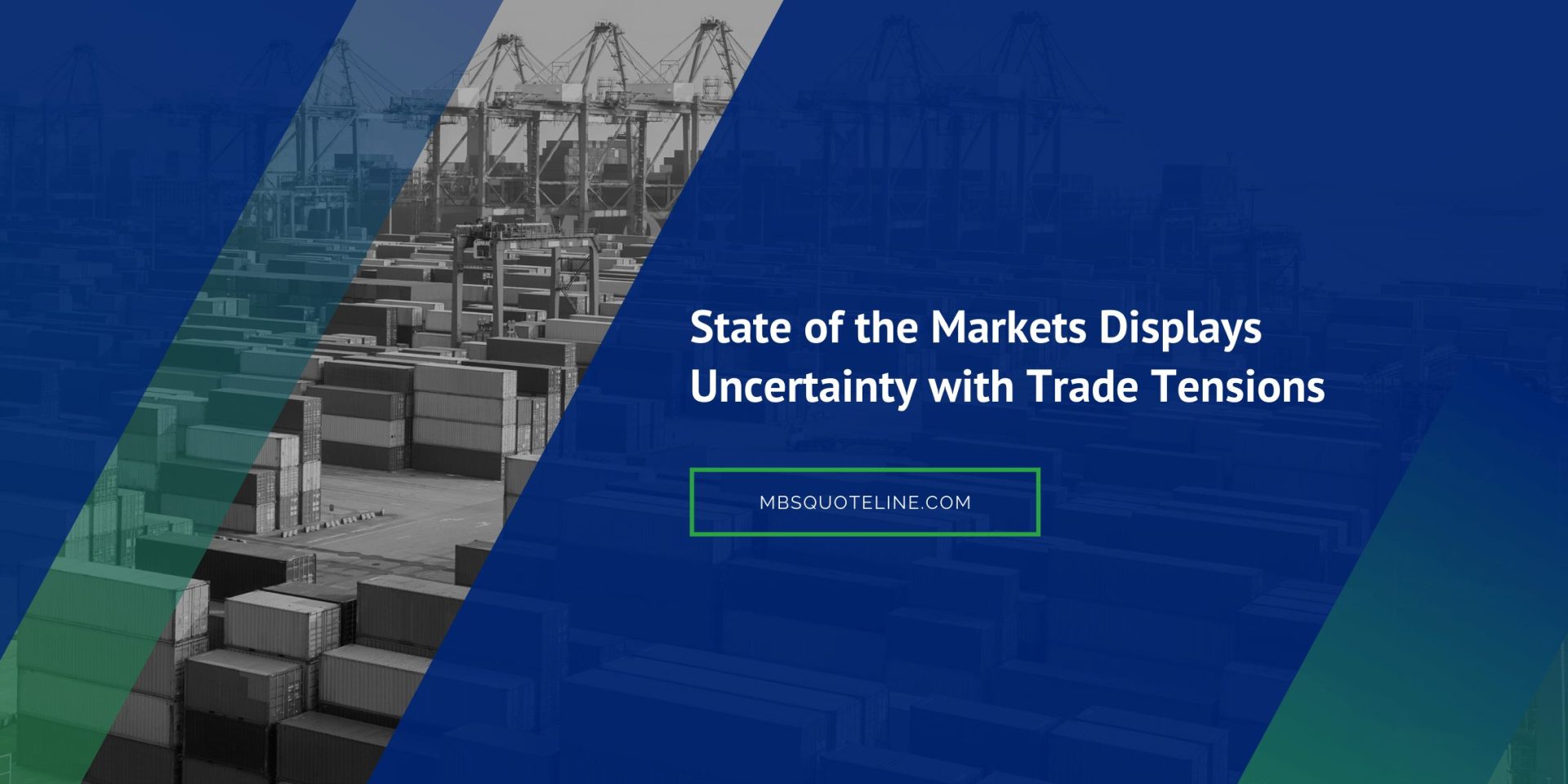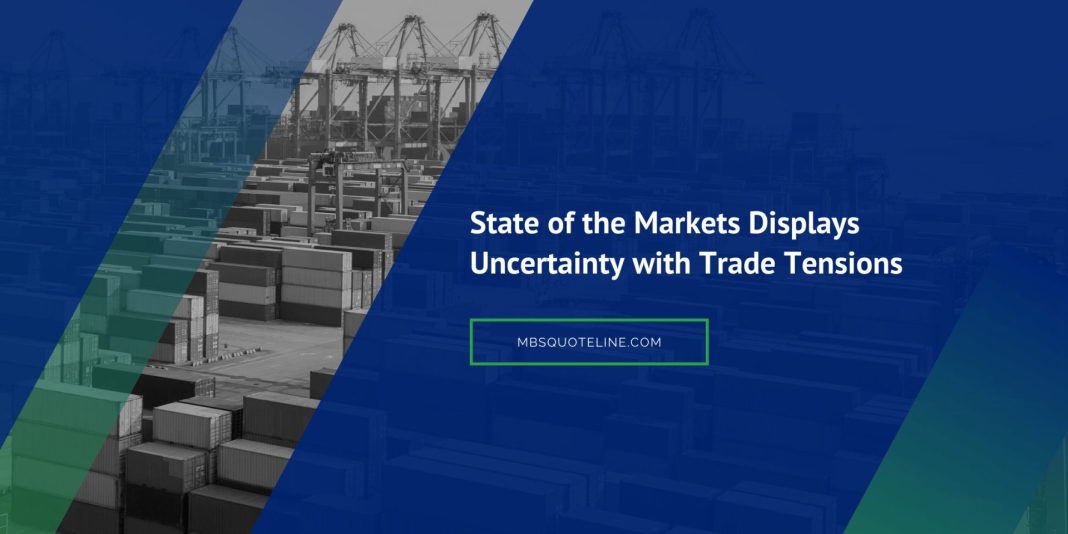 China’s recent economic developments have generated significant headlines and investor excitement, but according to Goldman Sachs, these measures offer limited near-term growth prospects. While the government’s focus on addressing the property inventory overhang is a positive step, there are challenges in executing this strategy. The fundamentals of the property market and related industries remain weak, with millions of unsold and unfinished homes affecting not only construction but also consumer-facing industries and fintech. The funding provided so far falls short of what is needed. Additionally, the effectiveness of easing measures depends on household behavior, which may be different from previous cycles due to demographic changes.
China’s recent economic developments have generated significant headlines and investor excitement, but according to Goldman Sachs, these measures offer limited near-term growth prospects. While the government’s focus on addressing the property inventory overhang is a positive step, there are challenges in executing this strategy. The fundamentals of the property market and related industries remain weak, with millions of unsold and unfinished homes affecting not only construction but also consumer-facing industries and fintech. The funding provided so far falls short of what is needed. Additionally, the effectiveness of easing measures depends on household behavior, which may be different from previous cycles due to demographic changes.
Furthermore, while the government has taken steps to address oversupply in the property market, it has not addressed excesses in the manufacturing sector. Exports have experienced accelerated growth in the past five years, while domestic demand has declined. Chinese policymakers are focused on advancing “new industrialization” and enhancing the nation’s share of goods production. This combination of strong exports and weak domestic demand has led to oversupply and declining prices across industrial sectors.
According to the Rhodium Group, Chinese policies favoring high-tech sectors without fiscal support for household consumption will widen the gap between supply and demand. This systemic bias toward supporting producers rather than consumers allows Chinese firms to ramp up production without fear of bankruptcy. Weak domestic demand and growing output will result in increased exports, leading to trade surpluses with global partners. China’s dominant share in global manufacturing and trade surpluses have made trading partners uneasy, leading to discussions and actions regarding tariffs on Chinese goods.
Goldman Sachs projects that as Chinese exports expand globally and policymakers encourage self-reliance domestically, trade surpluses and global imbalances will escalate. This will intensify trade tensions and result in pushback from trading partners. Already, the Biden administration has announced tariff increases on Chinese imports and the termination of a tariff waiver on solar panels manufactured by Chinese companies in Southeast Asia. The European Union is also conducting investigations into various Chinese products, potentially leading to tariff hikes.
These rising trade tensions contribute to Goldman Sachs’ cautious view on China’s medium-term growth outlook. The economic landscape in China remains largely unchanged despite recent measures, and the country faces challenges in addressing the property inventory overhang and manufacturing sector excesses. These factors, coupled with growing trade tensions, have implications for global markets and trade.


